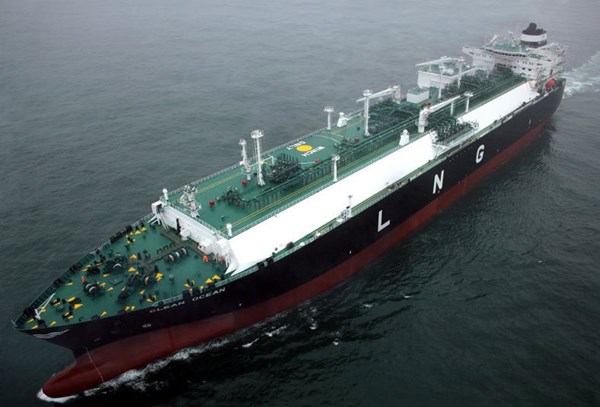For the first time Europe buying as much LNG as Russian gas
European countries have been buying more and more liquefied natural gas (LNG). At the end of January, LNG imports had reached 10 billion cubic meters (bcm), and for the first time in history were equal to the amount received from Russia’s Gazprom, according to the monthly monitoring by the Skolkovo School in Moscow.
One year ago, Russian natural gas accounted for twice as much as its liquefied counterpart. In January 2019, Gazprom sold 15 bcm, whereas only 7.7 bcm of gas reached the market as LNG.
Since then, LNG deliveries have increased by 30%, and Gazprom’s exports have fallen catastrophically – by 33% year-on-year. As a result of the additional LNG, regasification terminals have been used above 50% capacity (compared to an average of 45% last year).
The European market increasingly has a surplus of gas, which has already brought prices close to the break-even mark for Gazprom. At the biggest gas hubs, NBP in the UK and TTF in the Netherlands, spot contracts averaged $4 per million BTU (British thermal units) in January. By the end of the month, prices had dropped to $3.5-3.7, which is equivalent to around $120-130 per thousand cubic meters.
Taking into account all taxes and the costs of production and transportation, the break-even point for Russian pipeline gas is generally believed to be at or just below $4 per BTU, which is essentially the current price, experts from Skolkovo observe.
The prices on Gazprom’s long-term contracts are significantly higher, but their quantities are dropping, forcing the company to sell significant amounts on electronic trading platforms. In the first two weeks of January, the Russian company sold more than 2 bcm in this way, at an average price of around $150.
At the same time, the US’s gas production has continued to grow (+8%, 2.7 bcm per day), and the Energy Department is expecting record LNG export volumes of 67 bcm this year and 80 bcm next year.
At current prices, US LNG shipments to Europe are on the verge of profitability, but taking into account the cost of liquefaction, they are actually in the red, Skolkovo’s experts note: LNG is being sold at $70-120 per thousand cubic meters, while transportation costs $35 and regasification $18.
“However, for the time being it is beneficial for the supplier not to stop deliveries, but to look for opportunistic deliveries to profitable markets, plus, of course, they are being saved by long-term supply contracts, whose prices are much higher than spot quotes. However, if gas prices in Europe fall below $100, a decline in spot LNG deliveries to European markets can be expected. Suppliers will primarily strive for premium long-term contracts. Gazprom, however, will be forced to deliver at any price, because it is contractually obligated to meet consumers’ requests. Such a scenario could adjust prices towards an increase. However, there is also a possibility that the ‘all against all’ war for gas market share and quantities could continue. In such a scenario, only demand could cause an adjustment,” Skolkovo’s report states.
